Table of content
Chaoshan Salted Bone Congee, or Xian Gu Zhou in Mandarin, is a cherished dish originating from the Chaoshan region of China’s Guangdong Province. This savory, comforting porridge combines tender marinated pork bones, fragrant rice, and aromatic seasonings to create a dish that warms the soul and tantalizes the taste buds. Rooted in tradition yet adaptable to modern kitchens, this congee is celebrated for its rich flavor profile and nourishing qualities. Below, we explore the art of preparing this culinary masterpiece, from selecting the finest ingredients to mastering the cooking technique.
The Essence of Chaoshan Salted Bone Congee
Chaoshan cuisine is renowned for its emphasis on fresh ingredients, delicate flavors, and meticulous preparation methods. Salted Bone Congee embodies these principles, offering a harmonious blend of umami-rich pork, starchy rice, and subtle seasonings. The dish’s foundation lies in the marination of pork bones, a process that infuses the meat with a salty-sweet depth while tenderizing it to melt-in-your-mouth perfection. When simmered gently, the bones release collagen, creating a luxuriously creamy broth that envelops the rice grains. The result is a hearty yet balanced meal that can be enjoyed for breakfast, lunch, or dinner.
Ingredients: Assembling the Building Blocks
To recreate this dish authentically, gather the following ingredients, ensuring each component meets the required quality standards:
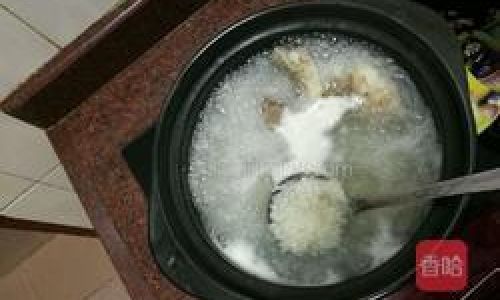
For the Marinade:
- 500g pork spare ribs or bone-in pork shoulder: Opt for meaty cuts with a balanced fat-to-lean ratio. The fat renders during cooking, enriching the congee’s texture.
- 3 tablespoons coarse sea salt: Avoid iodized salt, as it may impart a metallic taste.
- 1 tablespoon granulated sugar: Balances the saltiness and enhances caramelization.
- 2 tablespoons Shaoxing cooking wine: A Chinese rice wine that adds floral, slightly sweet notes.
- 1 tablespoon soy sauce: Use light soy sauce for saltiness without overwhelming color.
- 1 teaspoon white pepper: Freshly ground pepper offers superior aroma.
- 3 garlic cloves, minced: Provides a pungent, earthy base note.
- 1-inch ginger knob, peeled and grated: Ginger’s warmth cuts through the richness.
For the Congee Base:
- 1 cup jasmine rice: Long-grain jasmine rice lends a floral fragrance and soft texture. Rinse thoroughly until water runs clear.
- 8 cups water (or low-sodium chicken stock for deeper flavor): Adjust liquid quantity based on desired thickness.
- 1 tablespoon vegetable oil: Prevents sticking and enriches the broth.
- Optional: 1 tablespoon dried shrimp or fish sauce: For an umami boost (traditional variations may include these).
For Garnish and Final Touches:
- 4 cups fresh spinach or bok choy, roughly chopped: Adds vibrant color and freshness.
- 2 green onions, thinly sliced: For mild oniony brightness.
- 1 teaspoon sesame oil: A finishing touch that elevates aroma.
- Fried shallots or garlic chips: For crunch (store-bought or homemade).
- White pepper and soy sauce: To taste, for serving.
Preparation: The Alchemy of Marination
The secret to exceptional Salted Bone Congee lies in the marinade. This step not only seasons the meat but also begins the process of tenderization, ensuring the bones release their collagen slowly during cooking.
- Marinating the Pork Bones:
- Pat the pork bones dry with paper towels. Excess moisture dilutes the marinade.
- In a large bowl, combine sea salt, sugar, Shaoxing wine, soy sauce, white pepper, minced garlic, and grated ginger. Mix thoroughly.
- Add the pork bones to the bowl, tossing to coat evenly. For optimal flavor penetration, use your hands to massage the marinade into the meat.
- Cover the bowl with plastic wrap and refrigerate for at least 4 hours, or ideally overnight. This extended marination allows the salt to penetrate the meat, seasoning it from within.
Cooking Process: Nurturing the Congee to Perfection
The cooking process unfolds in three stages: browning the bones, simmering the broth, and cooking the rice. Each step demands patience and attention to detail.
Stage 1: Browning the Bones (Optional but Recommended)
While some recipes skip this step, browning the bones adds depth to the broth:
- Heat 1 tablespoon of vegetable oil in a large stockpot over medium-high heat.
- Remove the pork bones from the marinade (reserve the liquid) and sear them in batches until golden-brown on all sides. This caramelization enhances the broth’s complexity.
- Transfer the seared bones to a plate and set aside.
Stage 2: Simmering the Broth
- In the same pot, add the reserved marinade and 8 cups of water (or stock). Bring to a gentle boil, scraping up any browned bits from the pot’s bottom.
- Return the seared bones to the pot, along with any accumulated juices. Reduce heat to low, cover partially, and simmer for 1.5–2 hours. Skim off impurities periodically to ensure a clear broth.
- The longer simmering time extracts maximum flavor and collagen from the bones, resulting in a viscous, gelatinous broth—a hallmark of authentic congee.
Stage 3: Cooking the Rice
- After simmering, strain the broth through a fine-mesh sieve, discarding solids. Reserve the bones for serving (optional).
- Rinse the jasmine rice under cold water until the water runs clear. This removes excess starch, preventing clumping.
- In a clean pot, combine the strained broth and rice. Bring to a boil, then reduce heat to the lowest setting.
- Cook uncovered for 45–60 minutes, stirring occasionally to prevent sticking. The congee is ready when the rice grains have broken down into a creamy consistency, with individual grains still discernible.
Final Assembly: Elevating Flavor and Texture
The congee is nearly complete, but the finishing touches elevate it from good to unforgettable:
-
Adding Greens:
10 minutes before serving, stir in the chopped spinach or bok choy. The residual heat wilts the greens gently, preserving their vibrant color and nutrients.
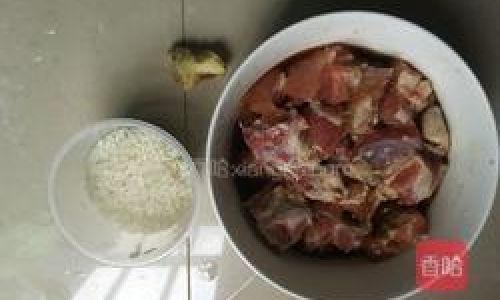
-
Adjusting Seasoning:
Taste the congee and adjust seasoning with soy sauce or white pepper if needed. Avoid over-salting, as the marinated bones already contribute saltiness.
-
Garnishing:
- Ladle the congee into bowls and drizzle with sesame oil.
- Top with green onions, fried shallots, and a crack of white pepper.
- Serve with additional soy sauce and chili oil on the side for those who crave heat.
Tips for Success: Avoiding Common Pitfalls
-
Rice Selection:
Jasmine rice is traditional, but short-grain sushi rice offers a stickier texture. Avoid medium-grain varieties like Arborio, as they may become overly glutinous.
-
Consistency Control:
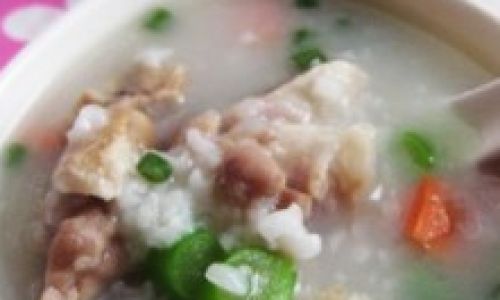
For thinner congee, add hot water gradually during cooking. For thicker results, simmer uncovered in the final stages to evaporate excess liquid.
-
Bone Handling:
If serving the bones, warn diners to avoid swallowing small fragments. Alternatively, discard them after simmering for a meat-free broth.
-
Make-Ahead Convenience:
The congee base (without greens) freezes well for up to three months. Reheat gently, adding fresh greens and garnishes before serving.
Variations and Cultural Context
Chaoshan Salted Bone Congee is a canvas for creativity. Modern adaptations might include:
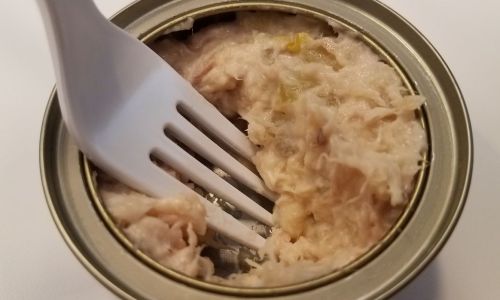
- Seafood Additions: Shrimp, scallops, or fish fillets added during the final simmer.
- Century Egg: Sliced and mixed in for a creamy, slightly pungent twist.
- Spicy Kick: Fresh chili paste or Sichuan peppercorns for those who enjoy heat.
Culturally, this dish is deeply intertwined with Chaoshan’s maritime heritage and agricultural traditions. Historically, it was a laborer’s meal, providing sustained energy from its protein-rich broth and slow-digesting carbohydrates. Today, it graces both humble households and upscale restaurants, a testament to its enduring appeal.
Health Benefits: Nourishment Beyond Flavor
Beyond its delicious taste, Salted Bone Congee offers nutritional merits:
- Collagen-Rich Broth: Supports joint health and skin elasticity.
- Lean Protein: Pork bones provide amino acids for muscle repair.
- Fiber and Vitamins: Leafy greens add iron, vitamin C, and dietary fiber.
However, moderation is key due to the dish’s sodium content. Opt for low-sodium soy sauce and control added salt to suit dietary needs.
Conclusion: A Bowl of Tradition, Reimagined
Chaoshan Salted Bone Congee is more than a meal—it’s a culinary journey through China’s storied past. By honoring time-honored techniques while embracing modern adaptability, home cooks can recreate this dish in kitchens worldwide. Whether enjoyed on a chilly evening or as a soothing remedy for the soul, this congee invites diners to savor the artistry of simplicity. So gather your ingredients, set aside the time, and embark on a flavorful adventure that transcends borders and generations. Your spoon awaits—dig in, and let the comfort of Chaoshan warm you from the inside out.
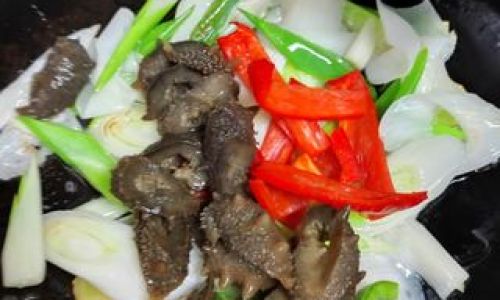
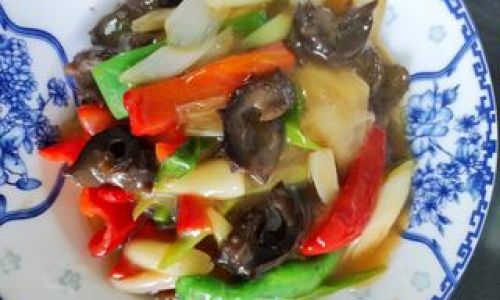
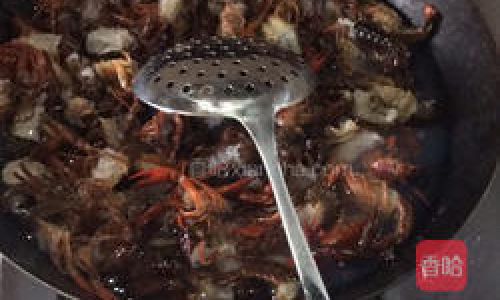
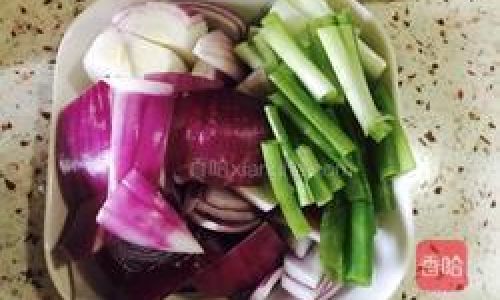
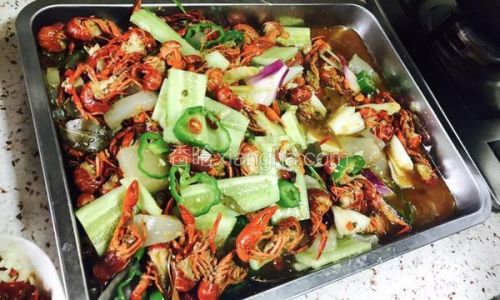
0 comments